Matteo Garrone’s live-action version of Pinocchio is visually sumptuous and there are some enchanting characters (my favourite: Snail). And unlike Disney’s version (1940) this is, apparently, far more faithful to the darker, original 1883 tale by Carlo Collodi, even if the Disney version was quite dark enough for some of us. (I screamed so much when Pinocchio turned into a donkey I had to be taken from the cinema, says my mother.) But while this may be more authentic it’s not narratively powerful for some reason. It should be. It’s a terrific (if twisted) story, after all. But it’s so episodic, and this Pinocchio is so unendearing, that the film itself never properly comes to life. I think there is a word for what I’m trying to say that would be just right but I can’t think of it for now. Perhaps I will have it by the end.
Directed and co-written by Garrone (Gomorrah, Tales of Tales, Dogman; so you can see why expectations were high), the film stars Roberto Benigni as Geppetto, the poor carpenter who, inspired by a visiting marionette theatre, decides to make his own puppet. He sets to work and is astonished yet overjoyed when Pinocchio (played by child actor Federico Ielapi in prosthetics) asks: ‘Daddy?’ Geppetto had always wished for a son so he races around the village exclaiming: ‘I’m a father!’ and everyone is very happy for him and no one says: ‘Whaaaat?’, which is kind. And love is blind, thankfully, because Pinocchio is pretty creepy-looking. I was most put in mind of a mini Freddy Krueger, which didn’t exactly help in the bonding department. Truly, only a father could love him. Also, when Pinocchio first meets Jiminy Cricket he smashes him over the head with a hammer. And I wasn’t especially charmed by that either. What a tool, is all I thought.
Anyway. Pinocchio is not, of course, a good son. Geppetto sells the coat off his own back so he can afford to buy Pinocchio books for school but he flees on his first day as he can’t resist the allure of the marionette theatre, where he’s abducted by the puppet master. From here on in we leave Geppetto (Benigni only tops and tails the film), which is a pity, as their relationship would have offered an emotional through line. But instead it’s Pinocchio ignoring the advice of anyone who cares for him and, basically, being annoying, before falling into the wrong hands and escaping, at which point the cycle starts up all over again. It’s one cruelty after another, with Fox (co-writer Massimo Ceccherini) and Cat (Rocco Papaleo) as the randomly recurring villains who even hang Pinocchio from a tree, leaving him to dangle overnight like a scene from the American south. Being turned into a donkey, which happens later, seemed like nothing after that and I’m embarrassed I ever screamed.
But the tone is inconsistent. The dark scenes are quite horror-y but, perhaps with a young audience in mind, we quickly turn away, pretend it never happened, and move swiftly on to something friendlier, like the Blue Fairy (Marine Vacth), who is not villainous, and her governess, Snail (Maria Pia Timo), who does everything achingly slowly and offers the only comic element. You have to love her for that as this would otherwise be a very sombre affair indeed. True, the film is always a delight to look at with some arrestingly beautiful moments — strangely, the dangling from the tree is an arrestingly beautiful moment — but the repetitive jeopardy cycle makes the storytelling flat and repetitive and Pinocchio’s quest to become a ‘real boy’, which should be at the film’s heart, never properly figures. What’s the word I want that would best describe this? It’s coming, it’s coming… wooden. Knew I’d get there in the end.
Got something to add? Join the discussion and comment below.
Get 10 issues for just $10
Subscribe to The Spectator Australia today for the next 10 magazine issues, plus full online access, for just $10.
You might disagree with half of it, but you’ll enjoy reading all of it. Try your first month for free, then just $2 a week for the remainder of your first year.

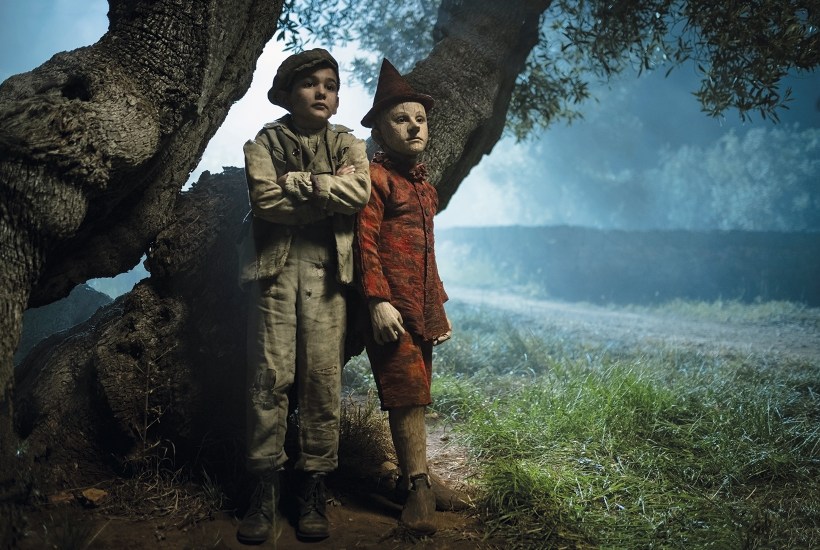
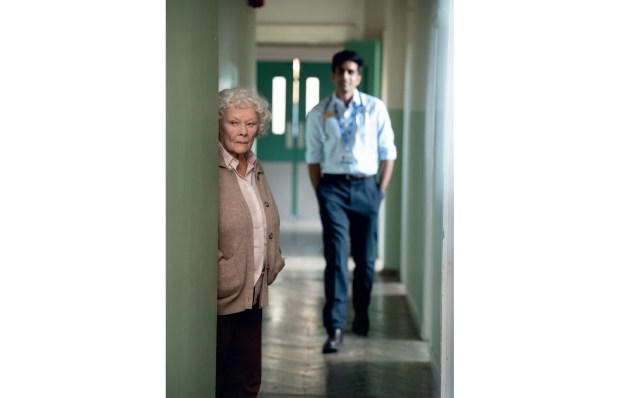
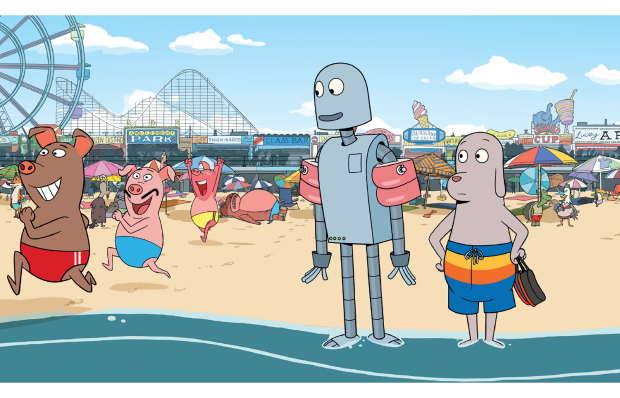
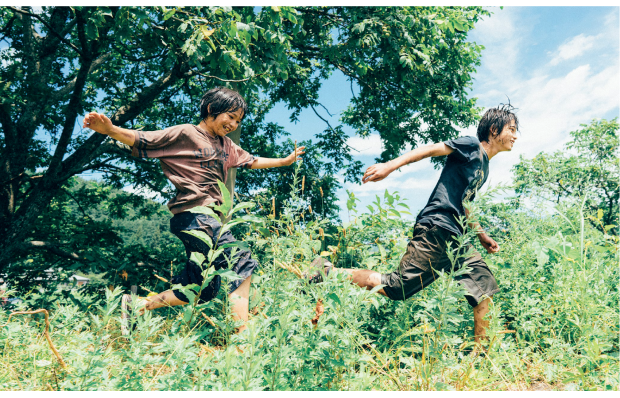
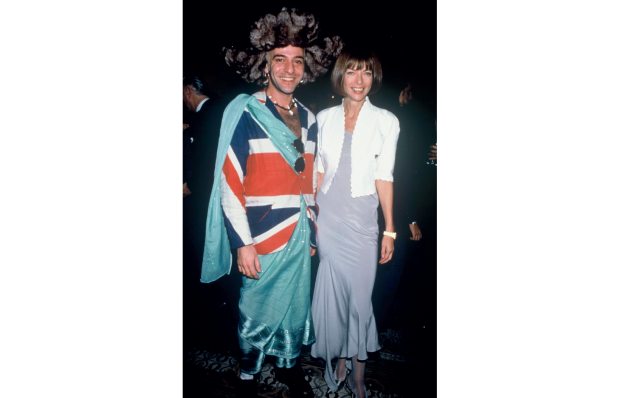
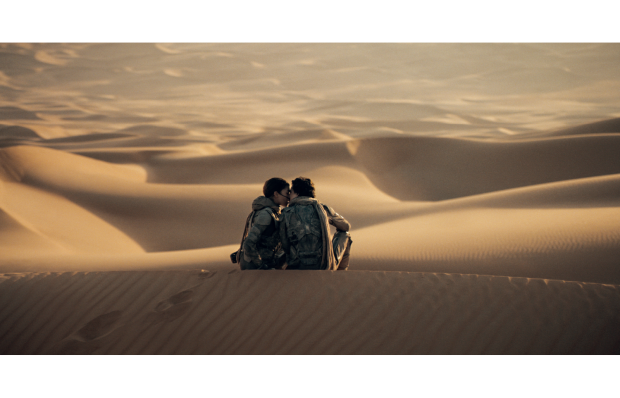
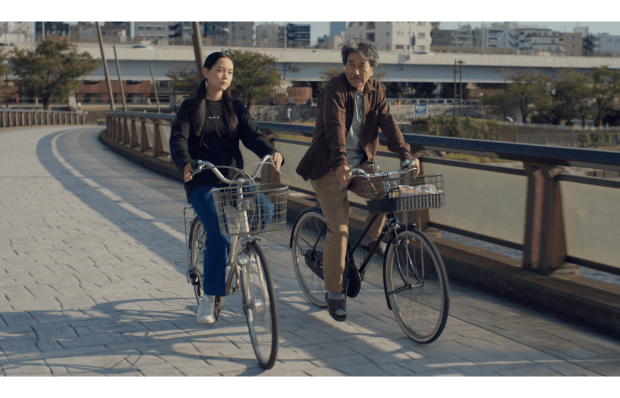






Comments
Don't miss out
Join the conversation with other Spectator Australia readers. Subscribe to leave a comment.
SUBSCRIBEAlready a subscriber? Log in